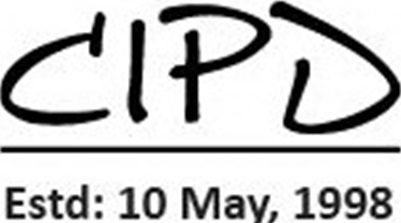The project is funded by EED, German being implemented by CIPD since 2008 in Rangamati, Khagrachari and Bandarban of CHT in partnership eith KMKS, Khagrachari.
The Chittagong Hill Tracts (CHT) lies in the south-eastern part of Bangladesh, consists of three hill districts: Rangamati Hill District, Khagrachari Hill District and Bandarban Hill District. The CHT has a number of features which distinguish it from the rest of Bangladesh. It’s hilly and forest terrain, agricultural practice such as Jum (swidden cultivation), home land of many cultural and linguistically different indigenous people with self-governing traditional systems and autonomous political institutions (Regional Council) are among the distinctive characteristics.
The region went through a long period of political unrest, insurgency and counter-insurgency and organized hostilities (1973 –1997). However, the “CHT Accord of 1997” has led to end the hostilities and paved the way for a form of autonomy through the recognition of the Regional Council (RC) and other institutions. However, the establishment of peace process is moving forward with internal and external constrains.
The region is one of the most neglected and disadvantaged in terms of basic welfare amenities and socio economic development opportunities. Large development projects from the British period (1860-1947) up to recent times have tended to be based upon externally perceived and oriented programmes including industrial plantation projects (1870s to today), hydro-electric projects (Kaptai Dam, 1960), rubber plantations (1970s to today), which have either brought undesirable consequences or at best brought only marginal benefits to the population of the region. Understandably, the local people’s participation in planning and implementation of these projects was token at best and totally absent at worst.
After the signing of the 1997 Accord, several national and international NGOs began to operate in CH T and a small number of local NGOs emerged. However, it was observed by many local people that many NGOs’ programmes are designed without people’s participation and lack the understanding of the CHT people’s needs, desire and wishes. Such interventions also ignored the rich knowledge of the indigenous peoples and their cultural heritage.
In case of donor support, some donors seem to favour the national NGOs and prefer to channel programme funds through national NGOs. This is believed to be largely because the national NGOs are regarded by many donors as experienced and competent. However, the national NGOs have a tendency to focus on urban and semi urban areas close to the growth centers where the Bengali settlers are the main population and beneficiaries.
Development Goal
The long term development goal is to achieve a prosperous, self-reliant, self governed and just society where the Adivasi people can live with peace ad dignity.
The project objectives are:
1. To achieve a model for Adivasi Development in 50 villages (indigenous community) based on indigenous knowledge by implementing PAR (reflecting on indigenous knowledge on local self governance and natural resource management) and PSP (plan their own societal vision and development actions), so that a self-managed, self-reliant and self governed indigenous development process take place for learning and replication.
2. To monitor the development initiatives in CHT and enhance the capacity of the social workers of MNGOs so that they will be well equipped to address the complex development challenges in a coordinated and comprehensive manner.
3. To lobby and advocacy for a culturally sensitive, environmentally sound and people centered development approach to all development actors within CHT region.
Activities
1. Action Research for Adivasi Development (PAR on indigenous knowledge and PSP for Community Development Plan)
2. Lobby and Advocacy on Adivasi (Indigenous) Development
3. Monitoring and Coordination of Development Interventions
4. Capacity Enhancement (of Social Workers, Community Leaders and People)
5. 1. Action Research for Adivasi (Indigenous) Development
